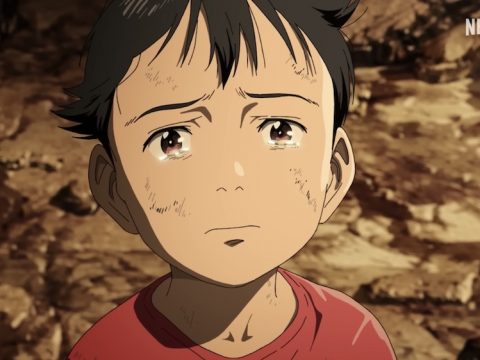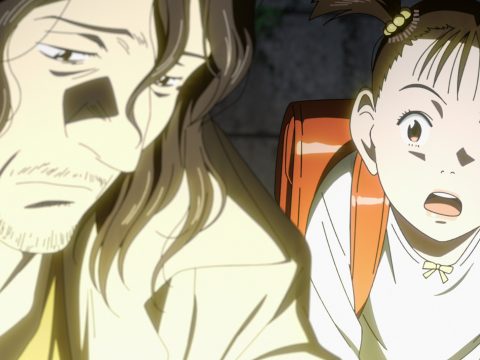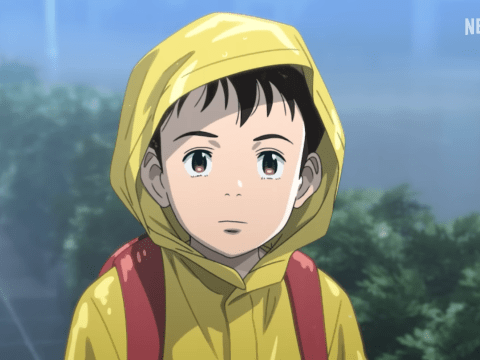The tension is palpable in Pluto at this point, but somewhere in the thick miasma of suspense is a subtle hint of disappointment that it’s all barreling toward a close. There may be two volumes left, but never before has the light at the end of the tunnel been more visible. With that in mind, I present the same light warning that kicked off the review of volume five: there aren’t going to be any direct spoilers here, but why not be safe and take an early nod of recommendation if you’re not caught up yet.
The flip side to any moaning woes of Pluto‘s inevitable closing moments is that one can never be too sure of what Nagasaki and Urasawa still have up their sleeve. In fact, with two volumes left, there’s plenty of room for the real bombs to drop, especially when the amount that goes on over the course of your average chapter is taken into account.
As for what’s going down, Gesicht’s labyrinthine investigation into Pluto and the utter destruction of the world’s most powerful robots is drawing to a close. While each door closed up to this point has simply opened another, solid headway is made in these chapters, but these revelations aren’t going to come without a severe price. This is more Gesicht’s story than ever before, and the consequences of previous actions begin to reveal themselves just as Pluto becomes more than a shadowy threat to our protagonist.
This series has become much more than its foundation—Astro Boy‘s “The Greatest Robot on Earth”—on a volume by volume basis. Beyond the master-level storytelling, the real star is the superficial simplicity of the emotions Urasawa is able to convey with his pen. The last few pages of volume six are pretty heartbreaking, and this is accomplished on an almost purely visual level. Urasawa’s characters say more in one wordless panel than most do on an exhaustively text-filled page.
In lesser hands, I think Pluto would come off as more blatantly referential than it really is. Nods to Astro Boy and other Osamu Tezuka titles, some well-known domestically and some not, would likely stick out. While some are certainly out in the open here, others remain buried depending on one’s level of Tezuka proficiency, waiting for an eventual nod of realization.
Thanks to this, Urasawa has me wanting to dive even deeper into Tezuka’s backlog. I’d like to think I read a fairly healthy amount of what’s been made available, and am at least as well-read as I can afford to be at this point, with titles like Black Jack, MW, Ode to Kirihito, and Buddha holding an especially tight grip. Nevertheless, I know I’m missing out on many of the sly references that pepper Pluto.
On the bright side, that’s all the more reason to revisit the series in the future once it’s all wrapped. For the time being, I’m anxiously awaiting the final chapters.
Publisher: Viz Media
Story: Naoki Urasawa with Takashi Nagasaki
Art: Naoki Urasawa
Rating: T+
©2005 Naoki URASAWA / Studio Nuts, Takashi NAGASAKI and Tezuka Productions







